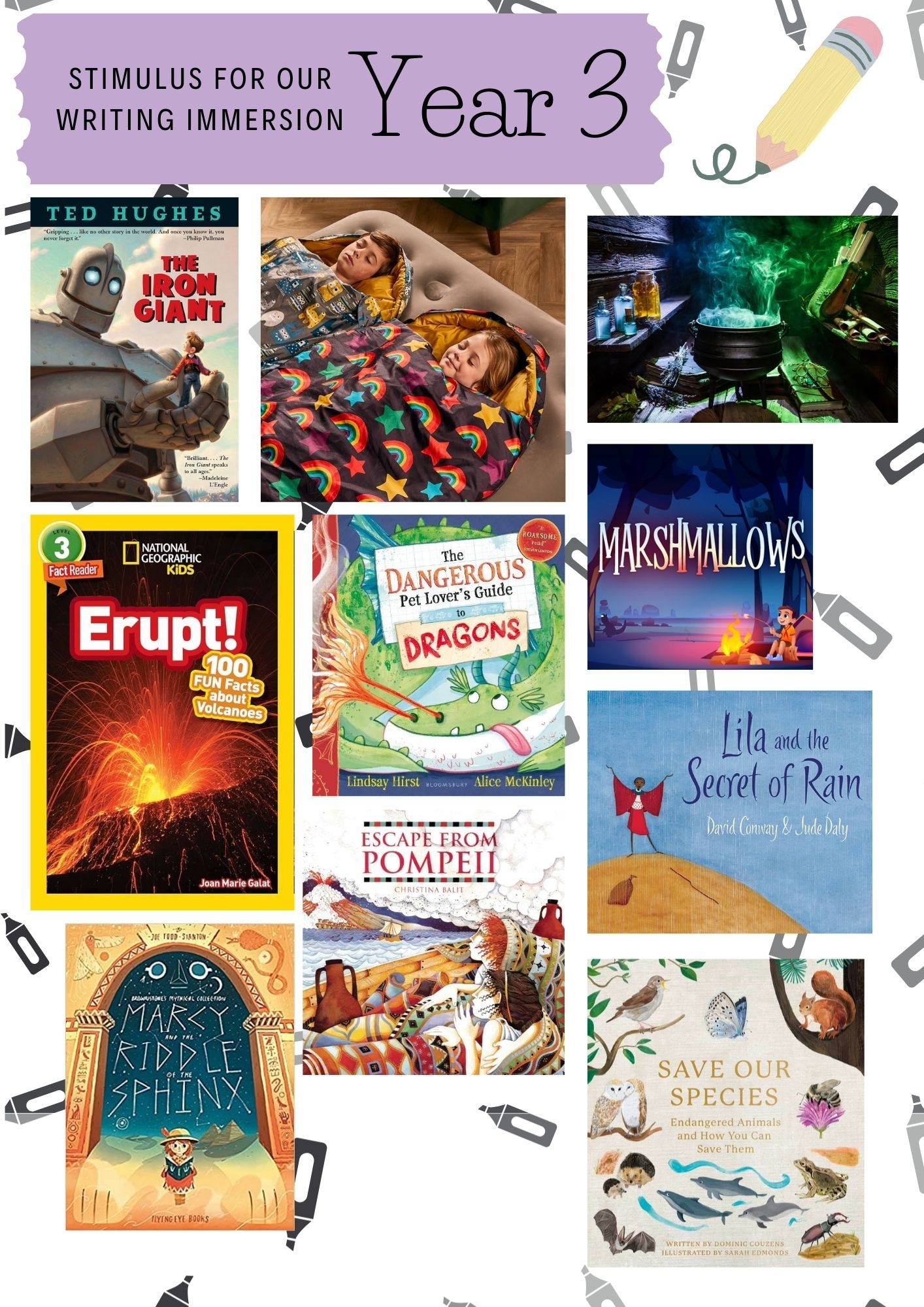Writing
Our Writing Curriculum
At our school, we aim for every child to become a confident, creative, and purposeful writer. Our writing curriculum is thoughtfully structured, research-informed, and designed to build strong skills gradually—while always keeping learning engaging and relevant.
Expertly Designed and Evidence-Informed
- Developed by Teresa Heathcote, a skilled Literacy Consultant, this teaching sequence has enhanced writing outcomes across schools using it.
- It draws on the latest educational insights, including research from the Education Endowment Foundation and the Ofsted Review of English (2022).
Strong Foundations in Transcriptional Fluency
We place a key emphasis on transcription—handwriting and spelling—as a cornerstone of writing development:
- In line with the Department for Education’s 2025 Writing Framework, we teach handwriting and spelling explicitly from the early years, helping these skills become automatic.
- Daily practice and targeted support allow children to focus their energy on ideas and creativity instead of the mechanics of writing.
- Activities like dictation and oral rehearsal are used to strengthen fluency and help children embed their learning in meaningful ways.
The Writing Sequence: Step by Step
Each writing unit follows a clear, supportive structure:
- Immersion – Students engage with rich texts, videos, drama, or storytelling to spark ideas and build vocabulary.
- Analysis – We examine high-quality writing samples to discover how authors make writing compelling and what their intended purpose for the reader is.
- SPaG (Spelling, Punctuation & Grammar) – Grammar and language skills are embedded in context, ready to be used naturally.
- Planning & Writing – Through modelling and guided support, children plan and draft their work in manageable stages.
- Editing & Improving – Real-time feedback and structured editing help students refine their writing.
- Publishing & Performing – Children share their polished pieces, often with real audiences, to give their writing purpose and pride.
Supported by Research
This approach aligns with the DfE’s 2025 Improving Writing Framework, which highlights:
- The need to automate transcription so children can focus on expression and creativity.
- The importance of oral composition in building confident, fluent writers.
- The value of a structured, step-by-step process that helps children grow as writers at every stage.

How Parents Can Support at Home
Supporting writing at home doesn’t need to be complicated. Here are some age-specific ideas:
Key Stage 2 (Years 3 to 6)
- Encourage independent reading of a wide range of books — fiction, non-fiction, and poetry.
- Talk about what they are reading, asking questions like “Why do you think the author chose that word?”
- Support planning for longer pieces of writing by helping them talk through their ideas before they write.
- Help with spelling and vocabulary by discussing new or tricky words and using them in conversation.
- Celebrate their writing — whether it’s a poem, a story, or a persuasive letter — to build pride and confidence.

